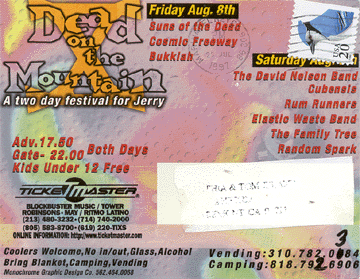|



ANNOTATED WORKS CITED/NOTE CARDS
-
NOTE CARDS are required as part of your final research paper for this course. Note cards are an intrinsic aspect of the information gathering process. The approach is essentially this: go to library, or get online, looking for secondary sources. This Video will help you find resources for 103 and other literature courses. For ENGL101, you must find your sources through Gale Literature Resource Center or Ebscohost. Once you find a secondary source that you think will be useful, note the author (if one is listed); the title of the article, story, poem, episode or webpage; the title of the work, website or anthology the article appeared in; the publisher; the city; the date it was published; and pages the article spans if it is in a journal. New MLA rules also will have you include URL of webpages. If you are using EBSCO or GALE, they provide the citation for you. Simply cut and paste. List them in alphabetical order on your page. Do NOT number them. Furthermore, include a brief description (annotation) of the information within the article you have found.
Here are two EXAMPLES:
- Benton, Richard P. "The Cask of Amontillado: Overview"
Reference Guide to Short Fiction, 1st ed., edited by Noelle Watson, St.
James Press, 1994.
-
Analysis of "Cask of Amontillado" includes discussion of symbols, theme, and narrator's audience. Also touches on social norms of the day, including references to Masons and history of the setting.
- Thompson, G. R. "Edgar Allan Poe"
Dictionary of Literary Biography, Volume 3: Antebellum Writers
in New York and the South. A Bruccoli Clark Layman Book. Edited by Joel
Myerson, University of South Carolina. The Gale Group, 1979. pp.
249-297.
-
Detailed biography of Poe, including personal life (tragedies and death of women in his life) and his professional life (failed editor and writer). Also includes overview of his work (critical analysis) and some critics' responses.
As you can see, the general tone and usefulness of the secondary works are noted on these two note cards. This exercise has two functions. The first is to help you organize and collate information you will be using in the most important paper you'll write for this class. Secondly, this exercise keeps tabs on your research progress, and may help avoid repetition of material, as well as allowing you to see where the gaps are in your research effort. An added benefit is that when you are creating your WORKS CITED page, you will already have your information at hand. Simply remove annotations and any works you do not actually use, add any works you may have found and used, include the primary source in its alphabetical place, and you have your Works Cited Page.
These note cards can be generated electronically in a list, or created the old-fashioned way, on three by five index cards. See a sample annotated works/note cards page on Paper and Test Example Page. In any case, a copy of these note cards is due usually two to three weeks before your final paper is due. Ten (10) sources will be minimum requirement for all courses.
© T. T. Eiland, January 1998-2019
Last modified: April 1, 2019
|



